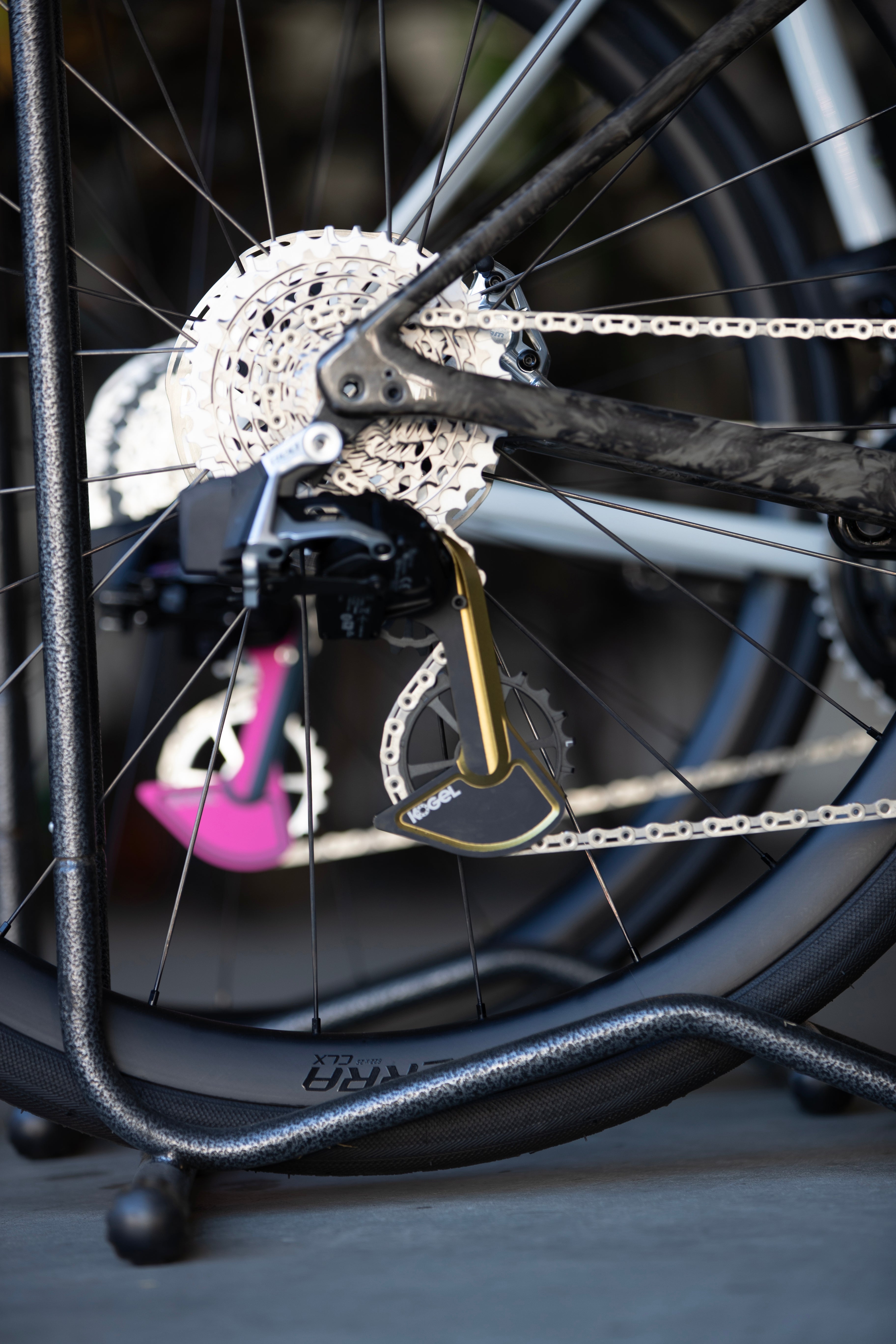In order to get the best performance out of your brand-new disc brake pads, there are a few steps to follow. Following these steps will help prevent howling rotors or subpar modulation and braking. Who doesn’t want to avoid that?
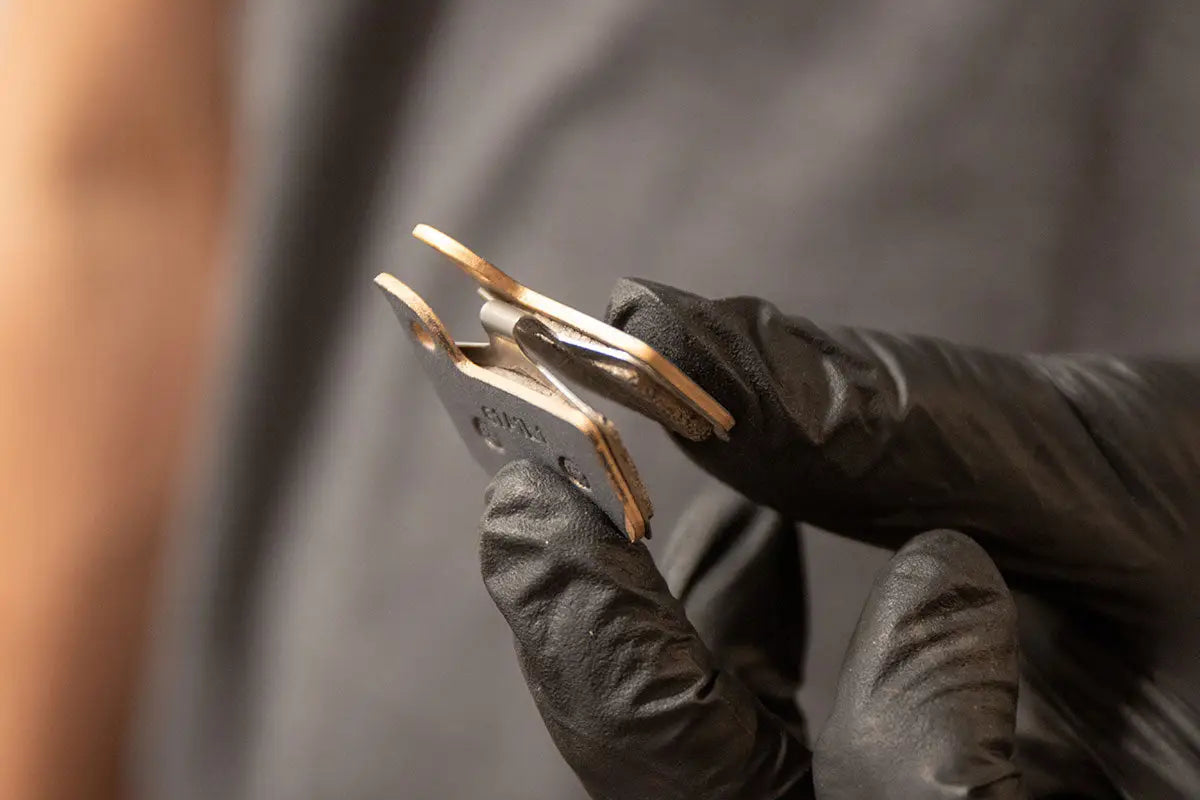
Start with clean rotors
If you are replacing a set of worn out pads with new ones, you must consider that your rotors have been on a lot of rides; and mud, road debris, even cleaning products & chain lube will have landed on your rotors during your past journeys.
It is critical that you first clean all this gunk off your rotors. It might not be visible, but it IS there, hidden in the pores of the steel.
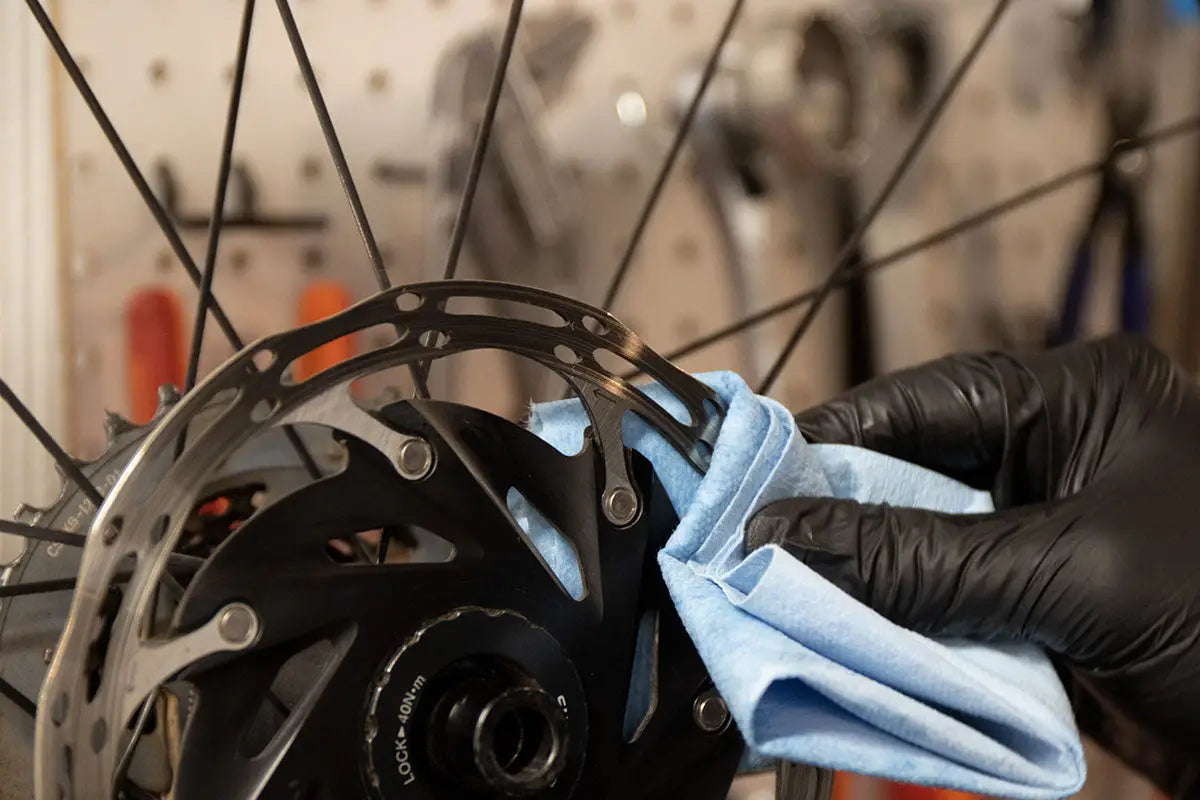
The best way to go about this is with isopropyl alcohol and a lint free or microfiber towel. Blue paper shop towels seem to work particularly well for this since they are a little rough and disposable.
After your disks are clean and shiny, make sure they are 100% straight. A little wobble will cause annoying rubbing sounds and might hurt performance down the road.
Br(e)aking in your pads
There are two major reasons why brake pads need to be bedded in: 1) heating up the pads as a final stage of hardening them and 2) transferring pad material to the rotor to achieve maximum friction.
Since all your Kogel pads are sintered, there is not much need for the first reason. Unlike organic pads, sintered pads are processed at much higher temperatures than your brakes will ever reach. We finished the baking process for you, so no need to worry about it on the bike.
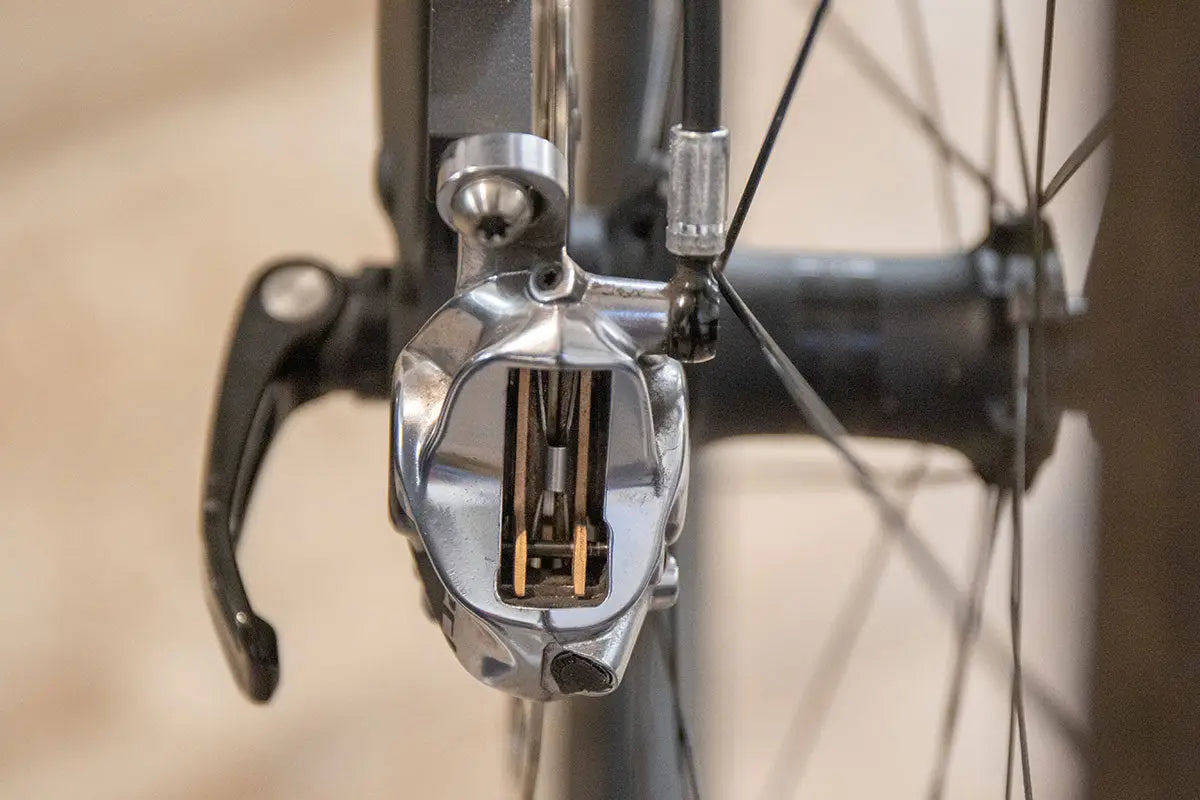
However, when it comes to transferring pad material to the rotors: disc brakes work best when rotors and pads are mated to each other. Some of the high-friction components in our pad material will be transferred to the pores in the metal (see why the cleaning step was important?).
The best way to go about this is to find a downhill slope and just speed up and drag your brakes to a slow speed.
Pro Tip: Try to avoid locking up the wheel or coming to a full stop at this point. The goal is even distribution as much as possible. Your pads might squeal at you during this phase, but as pads and rotors are getting to know each other, this will change after a half dozen or so slowdowns and you should start hearing a soft grinding sound.

Do I need to remind you that it is best to do this in dry and clean conditions? Whatever your rotors pick up during this process will be there until the next cleaning session.
If you don’t have a hill in your area (hello people from my home country of The Netherlands!), just rolling down the street and slowly increasing braking forces will do the same. Start with an easy drag and work your way up to flat out sprint while going under 10 miles an hour. Then back off, catch your breath while the rotors cool down and repeat.
Rotor wear
While everyone understands that brake pads need to be replaced regularly, we rarely talk about rotors. The general consensus is that “if the thickness is less than…. You need to replace”.
If you ended up on the Kogel pages, chances are high that you are not looking to replace rotors just before they become a safety hazard. You’re more likely looking for best performance.
That muddy paste that ground your brake pads down to a sliver of their previous appearance, it has hit your rotors in the same way and with the exact same force. While steel is harder than brake pad compound, it is not indestructible.
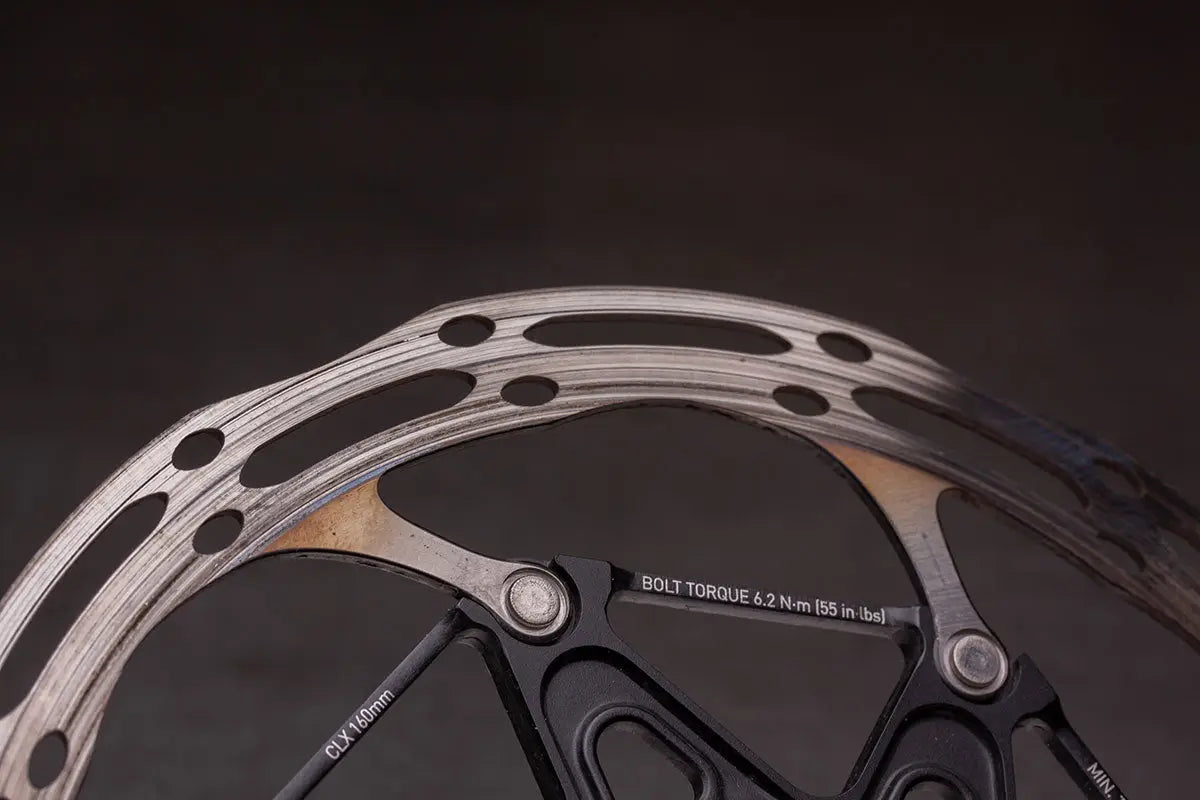
Over time, grains of sand have cut grooves and irregularities in your rotors. For this reason, they are no longer compatible with your brand-new pads. The initial braking will grind down the brake pads to be matched with your damaged rotors. Expect reduced performance while this happens and increased wear after the bedding in period.
In the ideal world, you would replace rotors with every new set of pads, but that is cost prohibitive. Our recommendation is to replace rotors after every second or third pad replacement.
Your rotors might look good at a quick glance, but extended use has done some damage that prevents optimal performance.
Brake fluid refresh
Finally, an often overlooked and performance-impacting part of your bike's brake system is brake fluid. Many of us are misled into thinking brake fluid stays consistent over the lifetime of our bike.
This is not the case at all. Brake fluid breaks down over time and with usage, regardless of what type your system uses. Worn out brake fluid can lead to mushy modulation and less responsive brake lever feel/action.
If you haven't flushed your brake fluid in over a year, it's definitely time to perform or request this service from your mechanic.
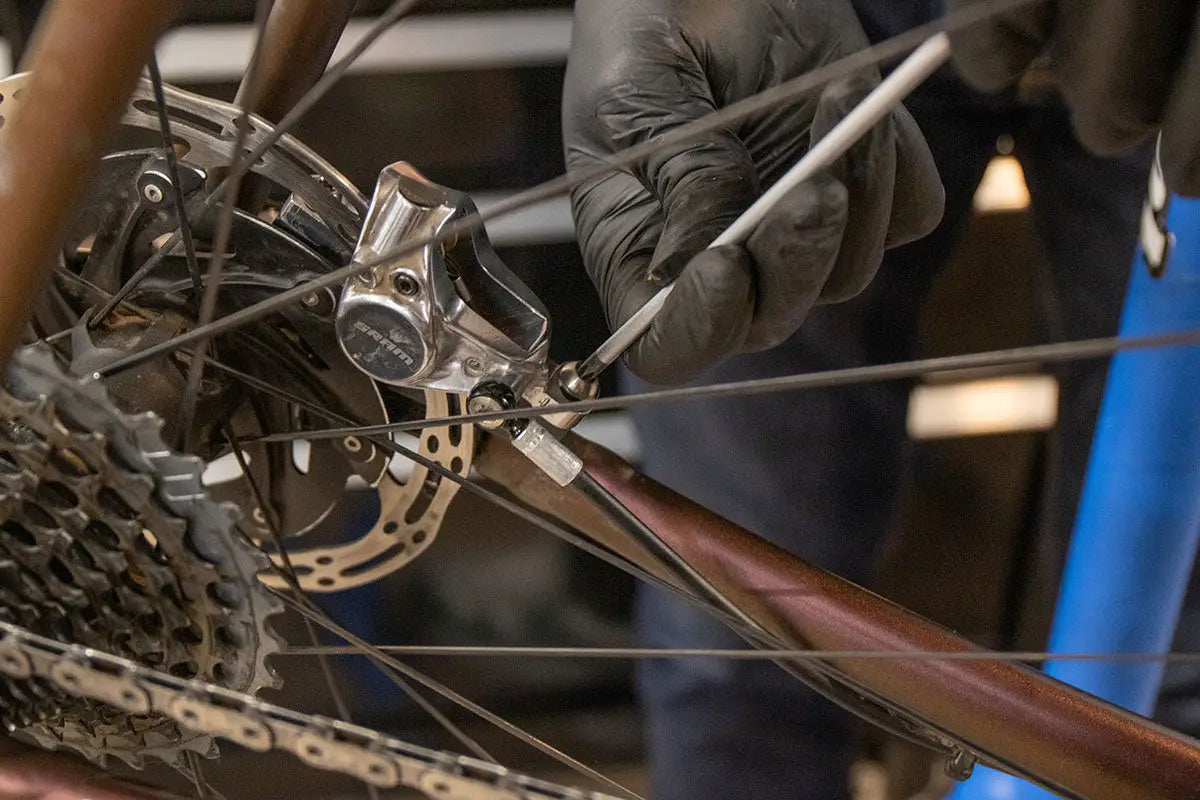
Ready set STOP!
Alright, so what’s stopping your from maximizing brake performance across all your bikes? We’d love to be part of your stopping solution and if you have any questions, please reach out to our team via phone, email, our live chat or text.
